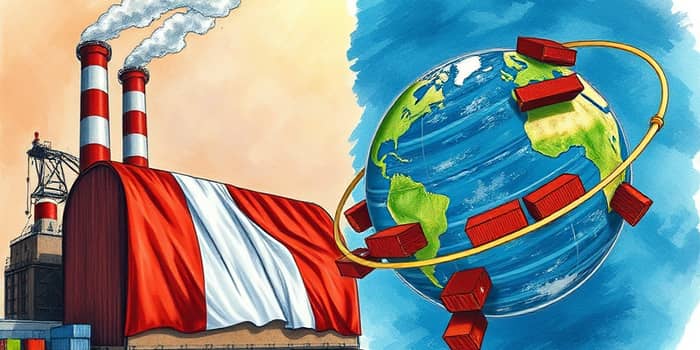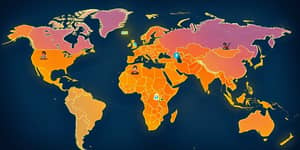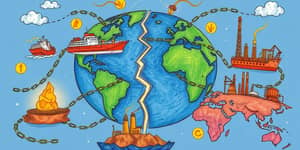
As nations grapple with globalization’s highs and lows, a powerful movement has emerged. Global economic sovereignty and strategic resilience now drive policy choices, challenging the postwar consensus on open markets.
At its heart, economic nationalism is an ideology that places domestic priorities above all foreign influences. Governments deploy a range of tools to insulate their economies and promote local growth.
Proponents argue these measures can secure jobs, foster self-sufficiency and tilt trade balances in a nation’s favor. Critics warn of complacent industries and higher consumer costs.
The tension between protectionism and liberalization stretches back centuries. In the late 19th century, mercantilist rivalries spurred high tariffs and colonial expansion. The Great Depression of 1929 led to widespread protectionism, deepening the downturn.
After World War II, the General Agreement on Tariffs and Trade (GATT) and later the World Trade Organization (WTO) ushered in an era of unprecedented growth. Yet, the 2008 financial crisis rekindled fears of overdependence on global markets, setting the stage for today’s nationalist resurgence.
Understanding the debate requires a side-by-side look at the two approaches. Below is a concise comparison of their core attributes.
In the 2024 U.S. presidential race, both major parties embraced targets on foreign competitors and domestic job growth. Former President Donald Trump pushed higher tariffs on Chinese imports, while President Joe Biden balanced trade openness with strong support for striking workers.
The ongoing US–China trade conflict remains the most vivid example: reciprocal duties disrupted supply chains, US–China trade tensions and tariffs raised costs for businesses and unsettled markets worldwide.
Globally, nations from India to Brazil have imposed restrictions on strategic sectors to guard against external shocks. Europe’s green transition subsidies and America’s Inflation Reduction Act exemplify selective industrial policies blending nationalist aims with climate goals.
Two strands of critique shape today’s discourse:
Meanwhile, defenders of intervention highlight persistent issues under free trade:
Recent shocks—like the COVID-19 pandemic—have underscored the need for resilient supply chains and diversified sourcing. Concepts such as “friend-shoring” and “de-risking” propose partnerships with allied nations to balance security with market openness.
International institutions face growing pressure. The WTO’s dispute mechanism struggles amid rising unilateral measures, while calls for reform intensify.
Scholars urge a middle path: preserving open markets while protecting interests. Strategic industrial planning and thoughtful regulation can harness the benefits of trade without leaving segments of society behind.
Ultimately, the challenge lies in striking the right policy balance—weaving together cooperation and sovereignty to craft resilient, inclusive growth. As the world navigates an uncertain future, nations must decide how to honor global commitments while safeguarding their people and industries.
References













